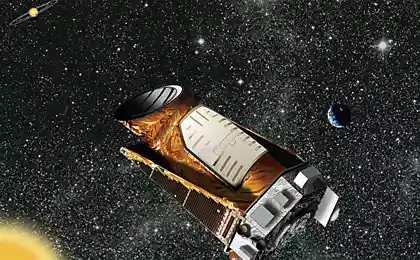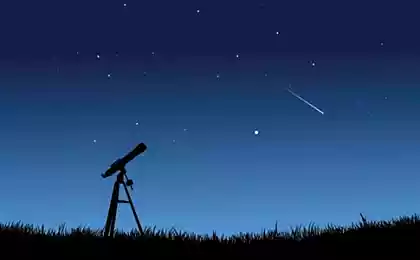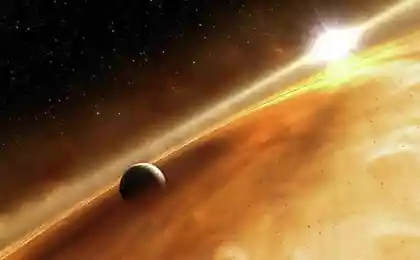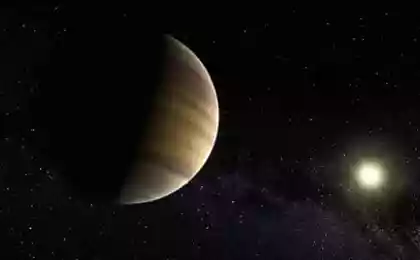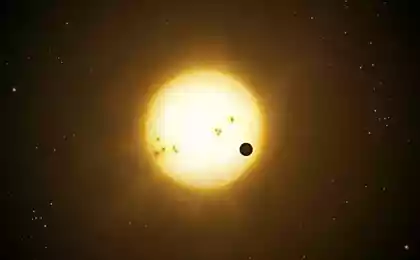1419
Mega-Earth
Based on what we know about the creation of the solar system, scientists believed that a giant planet with a solid surface can not exist. Researchers have always believed that this is impossible because by virtue of their size, these planets will attract the hydrogen gas to form gaseous planets like Jupiter. But at a meeting of the American Astronomical Society was represented by пресс-релиз Harvard-Smithsonian Center for Astrophysics, which reported the discovery of a planet with a solid surface, which is 17 times the mass of Earth and has the prerequisites to the discovery of life on it. The planet orbits the star, which was formed just 3 billion years after the Big Bang. H5> 
Mega-Earth h5> Mega-Earth, known as Kepler-10c, about 29'000 km in diameter, 2, 3 times larger than Earth and, according to scientists, is as solid as the Earth. Kepler-10c was known to astronomers in the past, but was not known for its weight. Based on the size - 2, 3 times the size of Earth - it was assigned to a class of "mini-Neptune", dressed in a thick layer of gas. However, recent studies have confirmed that the planet has a solid surface.
Kepler-10c orbits around a star in the age of 11 billion years, which is at a distance of 560 light years from Earth. This solar system is also present lava-like planet, Kepler-10b, is 3 times the weight of the Earth's orbit in just 20 hours. Year on Kepler-10c lasts only 45 days. According to Dimitar Sasselova, director of the interdisciplinary program for the study of the origin of life Harvard Origins of Life Initiative, the discovery of Kepler-10c tells us that the planet with a solid surface appeared much earlier than we previously thought, and if there is a hard surface - hence, may being and life.
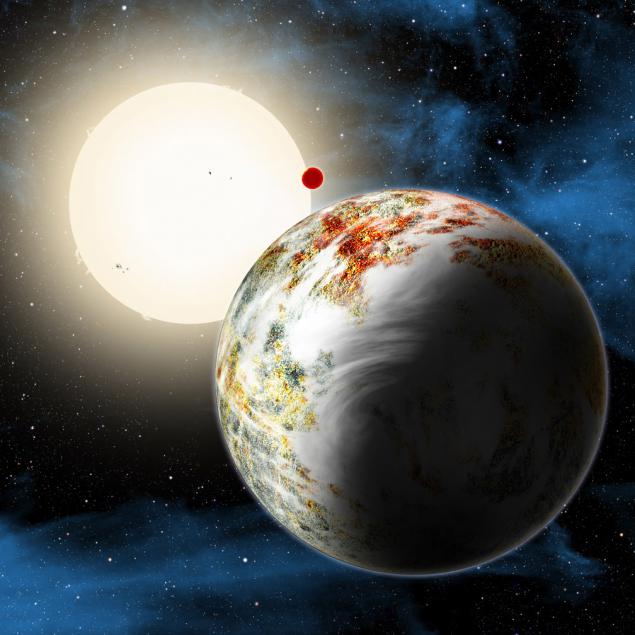
More Information:
1. HD visualization of Kepler-10c
2. NASA: Found 715 new planets, 4 of which may be suitable for life
3. Starshade - search for habitable planets
4. Infographics Voyager 1: 36 years on the road, the distance from Earth 19'010'023'115 km
5. Oort Cloud - we are waiting for the mass of discoveries
Source: habrahabr.ru/post/225419/
Modio: children's app for designing toys to print on a 3D printer
SanDisk announces first SSD drive 4TB volume


